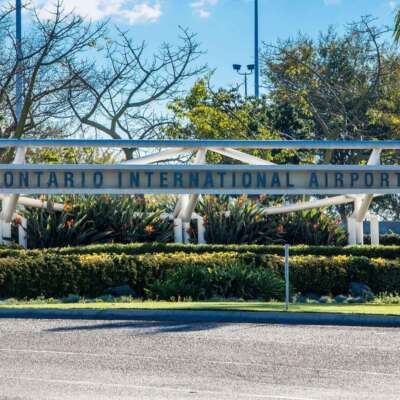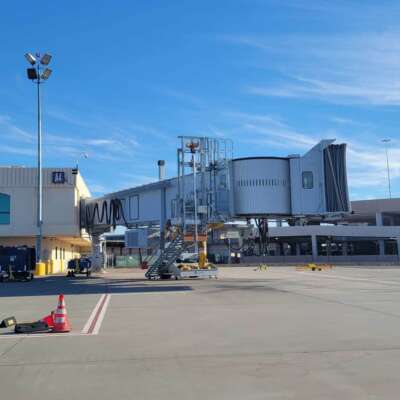Beginning with a small parking lot at Little Rock Municipal Airport, Garver has provided aviation planning, design, and construction oversight to our clients for over 60 years. We've grown from that small landside project to offer aviation services in 11 offices in eight states, with nearly $1 billion in constructed aviation projects in the last 10 years. But the national airport system in the United States is undergoing rapid change, and we see these trends developing over the next few years:
- Airline consolidation: The emergence of just four major domestic airlines has greatly changed how, and if, cities are provided commercial service. Several former hub airports have seen entire terminals shuttered, and competition for flights and service to smaller markets will continue to drive airport development.
- AIP funding: The current FAA bill expires in 2015, and some in Congress want new "transformational" legislation to operate the FAA and fund construction projects. The ASSET Report's reclassification of the nation's airports may see smaller airports dropped from the AIP program.
- Increased demand: Amid the shrinking numbers above, the opposite holds true for demand: worldwide air travel is expected to double to 7.3 billion passengers by 2034. Higher utilization and an increased awareness of the poor condition of infrastructure in the U.S. (including airports) may bring a renaissance in airside and terminal construction over the next decade if funding can be maintained.
Garver is positioning our aviation practice to take advantage of these changes, providing guidance to our clients that maximizes their funding, minimizes operational disruptions, and helps make the most of the important community asset airports continue to be. We're ready for another 60 years of aviation excellence.













Share this article